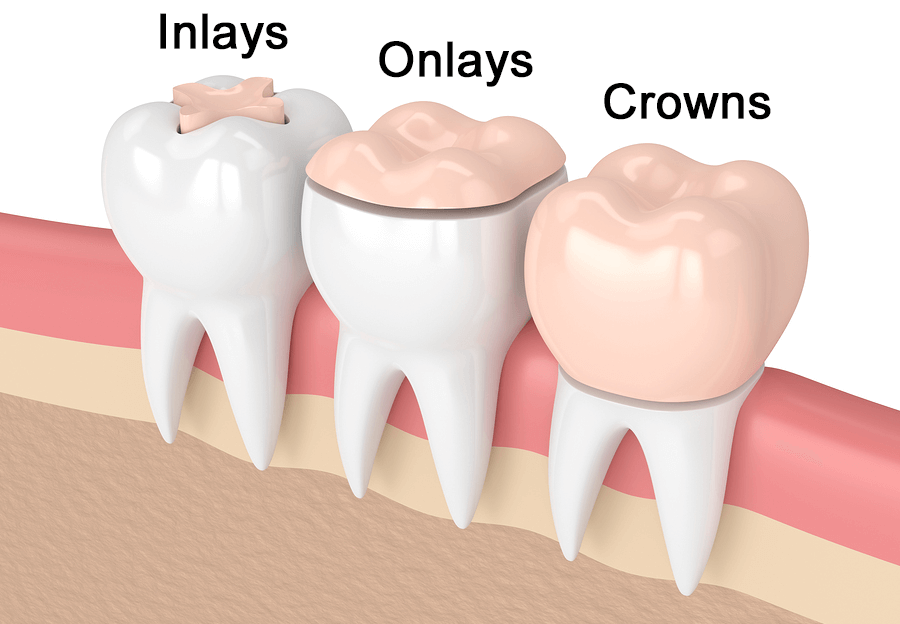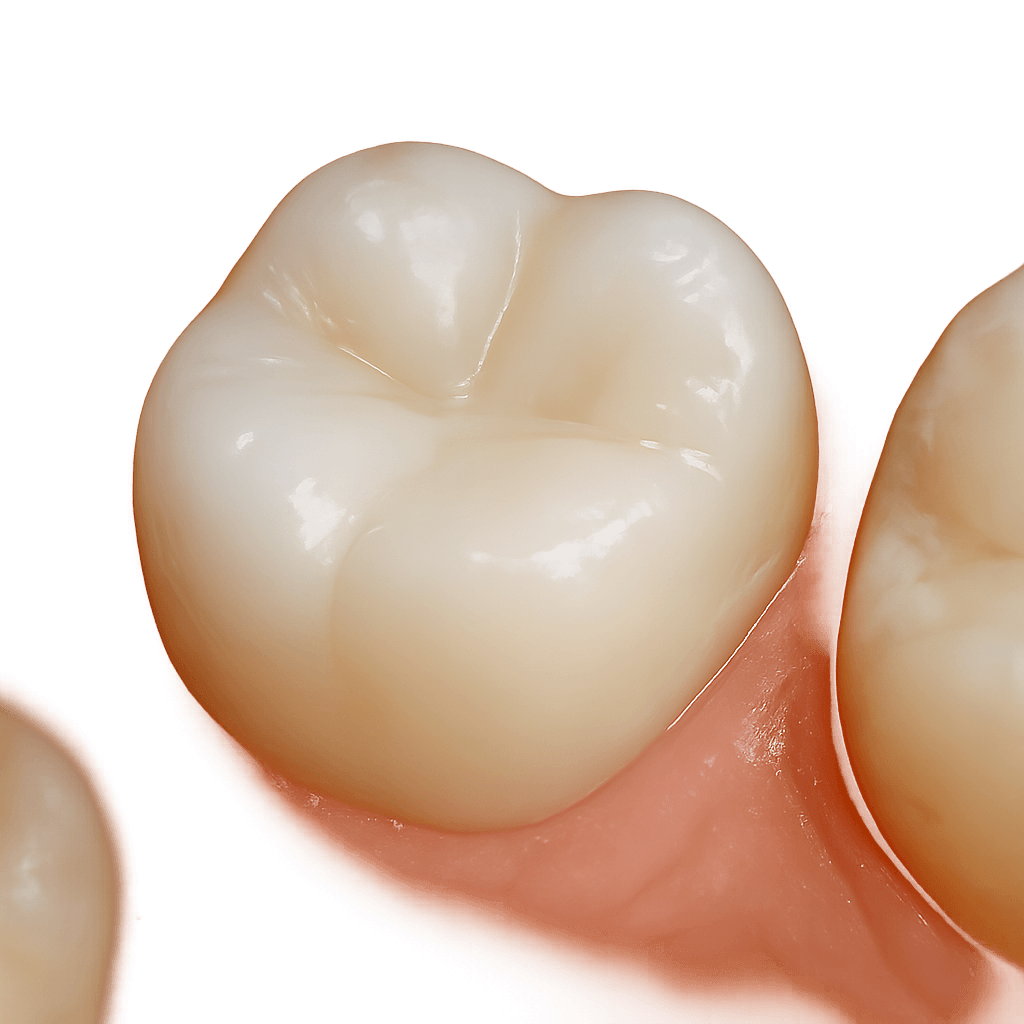Dental Filling Treatment
Advanced aesthetic dental fillings for natural-looking results using modern techniques and premium materials
Why Choose Our Fillings?
Natural Look
Matches tooth color perfectly with advanced composite materials
Strong Bond
Durable and long-lasting with superior adhesion technology
Aesthetic Results
Invisible restoration that blends seamlessly with natural teeth
Gap-Free
Perfect fit and seal preventing future decay
Types of Dental Fillings
We offer the most advanced filling solutions tailored to your specific needs
Aesthetic White Filling
Modern composite fillings that can be fitted more precisely into the tooth, stick better, and don't fall out as easily. Their color is almost identical to that of the tooth, making them barely noticeable to the naked eye.
Inlay/Onlay
A special type of filling for treating decayed teeth. After proper preparation, the dentist places a precisely shaped inlay (onlay) in the prepared part of the tooth. Recommended for cases of greater tooth decay.


The Aesthetic White Dental Filling
At Medicare Dental Clinic, our dentists work exclusively with aesthetic, white filling materials. These materials can be used to treat small and medium-sized caries in both incisors and molars. The filling material adheres extremely strongly to the tooth tissue and is gap-free, resulting in an extremely durable and aesthetic restoration.
Another advantage of the light-binding composite aesthetic tooth filling is that the original color and shape of the teeth can be restored. The aesthetic tooth filling is not simply white but the dentist who performs the treatment mixes several colors to match your natural tooth color as closely as possible, making the filling practically invisible.
30-60 min
Treatment time
10+ years
Durability
1000+
Happy patients
The Treatment Process
Our systematic approach ensures optimal results and patient comfort
Decay Removal
Removal of decayed teeth under local anesthesia to ensure a pain-free experience.
Cavity Preparation
Careful preparation of the cavity walls for optimal filling material adhesion.
Filling Placement
Insertion of the appropriate filling material, carefully matched to your natural tooth color.
Hardening and Polishing
The filling is hardened with a special lamp and polished to achieve a natural appearance and smooth surface.
Ready to Restore Your Teeth?
Contact us today to schedule your consultation and discover how our advanced filling techniques can restore your smile